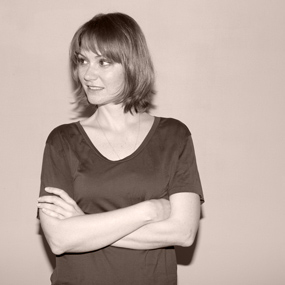The brilliant and bombastic Pasquale Leccese shares the stories behind his favorite mementos from a lifetime of art collecting
Being There
-
Pasquale Leccese
Photo © Mattia Vacca for L'AB/Pamono
-
Gio Ponti drawings
Photo © Mattia Vacca for L'AB/Pamono
-
Gaetano Pesce-designed invitation
Photo © Mattia Vacca for L'AB/Pamono
-
Invitation to Richard Pettibon show at David Zwirner Gallery
Photo © Mattia Vacca for L'AB/Pamono
-
Bedroom wall with kimono and Traslochi Emotivi handmade wallpaper
Photo © Mattia Vacca for L'AB/Pamono
-
Tulip Chair by Eero Saarinen alongside a Malick Sidibe photograph
Photo © Mattia Vacca for L'AB/Pamono
-
Leccese's basil plant
Photo © Mattia Vacca for L'AB/Pamono
-
View of Leccese's home with a Marlene Dumas painting
Photo © Mattia Vacca for L'AB/Pamono
-
Salon wall with works by Cindy Sherman, Marlene Dumas, Alighiero e Boetti, George Condo, and others
Photo © Mattia Vacca for L'AB/Pamono
-
Leccese with Andy Warhol's original design for Sticky Fingers by The Rolling Stones
Photo © Mattia Vacca for L'AB/Pamono
-
Leccese discussing Richard Prince's 2007 Panama Pavilion
Photo © Mattia Vacca for L'AB/Pamono
-
Keith Haring-designed invitation to Princess Gloria's birthday
Photo © Mattia Vacca for L'AB/Pamono
When asked how he came to be a dealer and collector of important contemporary works, Pasquale Leccese—simultaneously dapper and disheveled, almost always seen wearing a flamboyant tie and artist-designed Nikes—explains with a grin that it’s all because he’s a failed artist. “When I was a child, people would notice I was talented in drawing and speculate that I must be an artist. And they would say this like I had a problem or something.” Embracing his own eccentricities, he set out on a path that has, over the last thirty-some years, put him in orbit with some of the biggest stars in the creative universe—Andy Warhol, Jean-Michel Basquiat, Keith Haring, Marlene Dumas, Richard Prince, Alighiero Boetti, Mario Merz, Lisa Ponti, Gaetano Pesce, Ettore Sottsass, and many more. The multilayered interior of his Milan home has become a three-dimensional scrapbook filled with priceless souvenirs of a life lived in pursuit of art.
For Leccese, passion and relationships drive art, and, importantly, vice versa. He calls his gallery Le Case d’Arte not only because it references a famous Futurist project from the turn of the 20th century, but also because it emphasizes the familial bonds he cultivates with the artists he represents and exhibits. He cites art as the force behind his former marriage to high profile, Cologne-based gallerist Monika Sprüth, whom he met while launching Milan’s first contemporary art fair in the mid-1980s. And when business hours end, Leccese is usually found hosting his artsy social circle with lively dinners of his own making, or organizing dance parties where he’s the DJ. He recently participated in a three-day-long art project, in which the collective Traslochi Emotivi—founded by his friend Giulia Currà—transformed an old Milan building into a fully operating hotel; he excelled in his role as staff gardener. Wherever he is, whatever he’s doing, his larger-than-life stories keep everyone laughing.
Even if Leccese never fulfilled his dream of being a practicing artist, he nevertheless identifies with those who have: “I’ve lived with artists, and I know the restlessness that they feel—even when they are millionaires. Because for them, money is not what they really want. It’s something else, more elusive. They open and expose their own private sides to strangers in a very extraordinary kind of homage to the world.” He says he could never be that open in his own art production but adds that his personal motto is “as long as you are restless, you can rest easy,” taken from the diary of one of his favorite writers Julien Green.
Leccese welcomed us into his home to share the stories behind some of the pieces that hold the most value for him, beyond whatever price tag may be attached. What follows is in his own words:
Jean-Michel Basquiat, Untitled, 1983
This is one of my favorite pieces… although it’s hard to say because I love them all like family. I met Jean-Michel Basquiat through a friend one night here in Milan in 1983, and I asked him if he wanted to come out to Plastic, the disco, which was the meeting point for all of us back then. Because we were out so late—until the morning—he didn’t want to go back to the posh hotel where he was staying with Andy Warhol. So he ended up staying with me—for like nine or ten days.
I was working at Domus magazine at the time, so we did a double-page spread on him and an interview about his thoughts on Leonardo Da Vinci. We had some parties at friends’ houses. He made some works on paper, including this one that he gave to me. But at some point he said, “OK, I have to leave now. Can you give me some money for tickets?” He needed to go to Paris to catch a flight back to New York. And I said, “Go to my travel agent to do it. I’ll take care of it.”
After about two weeks, my agent called and told me, “You have an open bill that needs to be paid.” Which was strange, because normally they didn’t call. I couldn’t imagine what was going on. So I went there and found out I owed over 800 dollars—because he had booked a first class ticket.
When we met later in New York, he said to me, “Look, I know what I did, but don’t worry.” He invited me to his studio; he introduced me to some of his friends; and we went to Keith Haring’s birthday at Paradise. So, in the end, I owe him! To have had the opportunity to see him working… it was very moving, because it was like watching a mystic. He was totally out of it and painting like crazy on anything he could find. Even using ashes. He left the hotel room in Milan looking like his own studio. Everything was painted: the pillows, the towels, the carpet. I should have taken all of it.
Andreas Schulze, Caraffa, Caraffe, 2006-present
This ceramic sculpture is by Andreas Schulze, a very close artist friend from Cologne. I’ve shown him in my gallery from the beginning, starting in ’85. And he has been my guest several times in Puglia in my trullo—a very rustic, very simple farmhouse made of stones, typical of the region. For Andreas and his imaginative world, it was a dream to sleep and to live there. And close by is a city of pottery called Grottaglie. Of course it’s a very popular kind of pottery, but ten years ago they opened an artist workshop, which is where we did this project with Andreas.
In the south of Italy, we have a very common, primitive object, in small dimensions; a carafe for wine. Andreas decided he wanted to blow up this small, Italian ceramic caraffa and cover it with decoration from 19th-century German Imperial porcelain. It started as a joke, but when we were working on it, all the artisans there gathered around us. It was the first time they’d seen such a strange object, and they were clearly impressed because making ceramic in such a large dimension is very difficult. You really need a maestro, because it’s so high—over a meter—to make sure the clay doesn’t fly away as the wheel spins.
Andreas’s Caraffe, which we’ve done now in different colors and patterns, are really like three-dimensional paintings. Of course, they are impossible to use for wine. But his work always has the quality of fairytales, the imaginary, the metaphysical.
Wolfgang Tillmans, Vito und Paolina, 1997
I like this Wolfgang Tillmans photograph very much. These are my two children when they were young: Vito is now 25, and Paolina 22. My ex-wife Monika and I decided that we would carry on the German tradition of making Christmas cards with family photographs—but we wanted to use our artists to take the pictures. This one year, I brought Wolfgang home.
At the time we had this rabbit that the children fought over. Paolina made this gesture with her middle finger to her brother, who was holding the rabbit in a really sweet way. She didn’t really know what it means, but did it just to get attention. It’s so funny. Wolfgang later showed this piece at his show at Tate Modern, but very big—like two meters high.
Richard Prince, Panama Pavilion for Venice Biennale, 2007
This poster, for me, represents a very important moment. It all started when I went to dinner with one of my artists, Richard Prince. This was some months before the Venice Biennale, and there was a lot of discussion about who would be the artist for the American Pavilion. And I was telling Richard, “I’m sure you are in the running to do it.” But he kept joking, “No, I was born in Panama, so I’m not really American.” So I said, “If you’re not invited for the American Pavilion, for sure you will be invited to do the Panama Pavilion.” As always with Richard, the jokes are the most important part of the conversation. This was how we got the idea to do a fake Panama Pavilion for the Venice Biennale.
We decided that we would create all of the promotional materials you usually use when you have a pavilion—press releases, posters, invitations—but have no pavilion at all. It was a ghost. During the Biennale opening, all of Venice was covered with these posters. We made an edition of thousands. I remember some collectors asking me, “Where is the pavilion?” I would always say something different: in the country, in the Monaco Hotel, or whatever.
So the week after, some magazine said they saw the show, and that it was the most incredible retrospective of Richard Prince’s work. This was in June. In December, when Art Forum did the best of the year, the editor included the Panama Pavilion as the best show and said it was a pity the project didn’t win the gold medal. He knew it was fake, but he played along with our game. Now I’ve seen these posters on eBay for like 3,000 dollars, but this was the joke with Richard…
Gio Ponti Drawings, 1950s
I bought these Gio Ponti drawings—they are almost all letters he sent to friends—about ten years ago at an auction. When friends ask me what art is is all about today, I quote my friend Boetti, and say "to call attention." And when they ask me what they should buy that's inexpensive, I always recommend Ponti. I consider him to be a true artist, in 360 degrees. He was not only an architect and designer, but a real genius. It's incredible how some of his works are still so undervalued.
I also love Gio Ponti for more personal reasons. As I mentioned, I worked part time for Domus years ago, where I became friends with Lisa Ponti, Gio’s daughter who also worked on the magazine. And I spent a lot of time in the Ponti house. This was before Photoshop and computers; everything about the magazine was handmade and full of thought. We would work at a big table, cutting with scissors and laying out the collages. I learned how important it is to touch images and have a personal relationship with those you work with. I’m always telling my son this…
In the Ponti house, everything was art; everything was full of stories. And I met great artists, like Fausto Melotti, Alighiero Boetti, and Mario Merz. I remember going around with Piero Fornasetti—who was a normal person, in a way, but he projected an unforgettable stile; from the bicycle, to the jacket and the foulard. For me, coming from the south of Italy, this was what Milan is all about: a fashion, not of glamour, but of emotion.
The Ponti house was filled with these chairs in different colors. For me, it’s more than a chair; it’s a symbol—so light and elegant. It’s like the soul of Milan. Somehow in certain objects—created by geniuses like Achille Castiglioni, Vico Magistretti, and Ettore Sottsass—you can feel they were artists as well as architects and designers.
Gio Ponti, Superleggera Chairs, 1950s
One of my hobbies is to go to flea markets and second hand shops and see what I can find. I never buy furniture in a normal shop. This set of 15 Superleggera chairs I found in a church storage space, just outside Milan. They were a bit destroyed when I found them, so I had them restored.
Marlene Dumas, Mother and Daughter Behind Yellow Towel, 2004
This Marlene Dumas painting tells another personal story. One year my family was vacationing at a hotel in the mountains, and there was a small spa. I snapped a Polaroid of Monika and Paolina coming out of the sauna with a big towel. I don’t really remember how it happened, but we showed the picture to Marlene and gave it to her as a gift. She made the painting from my snapshot.
Since I met Marlene more than 25 years ago, we’ve organized several exhibitions together. But more than that we’ve shared many common experiences and points of view about life and art. I love that relationships between human beings in general, and between mothers and children specifically, is central to her work. She showed several works on this subject in her last exhibition in Milan, such as the mother of [filmmaker] Pasolini and the beautiful portrait of actress Anna Magnani titled Mamma Roma.
Andy Warhol’s design for the Rolling Stones Sticky Fingers, 1971
I really collect all kinds of stuff—like these vinyl records. I have over 1,000. Andy Warhol did this cover for Sticky Fingers. I remember when the album arrived in record shops, there was a backlash because the zippers kept destroying the covers and the shop owners demanded a simpler version. Everyone thinks the body shown here is Mick Jagger, but really it’s Joe D’Alessandro from Warhol’s Factory. I have all the covers done by Keith Haring for Malcolm McLaren, Andy Warhol for the Velvet Underground, Richard Prince for Sonic Youth—all the best. Music is as important to me as the visual arts, and I love to see these two worlds come together.
I need to be surrounded by memories and inspirations. For me, the house is the nucleus of life—which by the way is why I called my gallery Le Case d’Arte. We not only build our walls, but also put our memories there. We are the only animals that live this way. This is how we know who we are.
Le Case d'Arte is located at Corso di Porta Ticinese 87, Milan, and open to the public Monday through Friday, 3pm to 7pm, or by appointment.
-
Text by
-
Wava Carpenter
Seit ihrem Studium in Designgeschichte an der Parsons School of Design hatte Wava schon in vielen Bereichen der Designkultur den Hut auf: sie lehrte Designwissenschaft, kuratierte Ausstellungen, überwachte Auftragsarbeiten, organisierte Vorträge, schrieb Artikel und erledigte alle möglichen Aufgaben bei Design Miami. Wava lässt den Hut aber im Büro – auf der Straße bevorzugt sie ihre Sonnenbrille.
-
-
Images by
-
Mattia Vacca
Mattia is a photojournalist covering news for major Italian newspapers and worldwide magazines. His striking photographs have earned honors, from the Royal Photographic Society’s Silver Award and the Renaissance Prize, to the Unesco Humanity Photo Award.
-
Designbegeisterte hier entlang
Selene Stühle von Vico Magistretti für Artemide, 1970, 4er Set
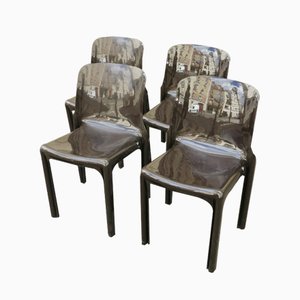
Kleine Italienische Eclisse Tischlampe aus Weißem Metall von Vico Magistretti für Artemide, 1960er

Mid-Century Maralunga Ledersessel und Ottomane von Vico Magistretti für Cassina

Italienisches Zwei-Sitzer Maralunga Sofa von Vico Magistretti für Cassina, 1980er

Wandlampen von Vico Magistretti for Artemide, 1961, 2er Set
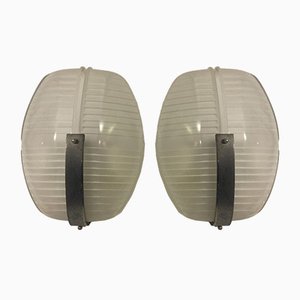
Snow Hängelampe von Vico Magistretti für Oluce, 1974
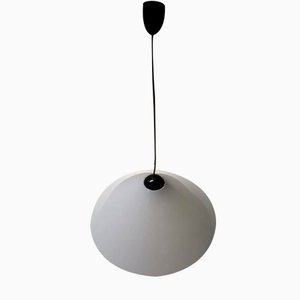
Vintage Maralunga Sofa von Vico Magistretti für Cassina, 1973
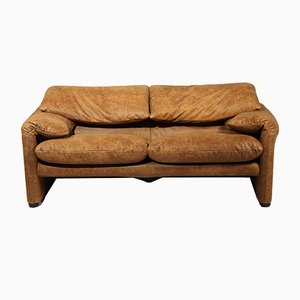
Maralunga Sofa von Vico Magistretti für Cassina, 1974
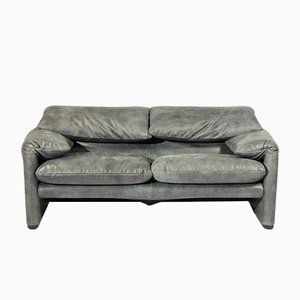
Cetra Hängelampe von Vico Magistretti für Artemide, 1964
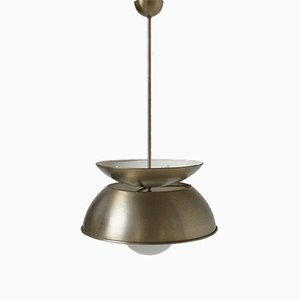
Maralunga Zwei-Sitzer Ledersofa von Vico Magistretti für Cassina, 1970er
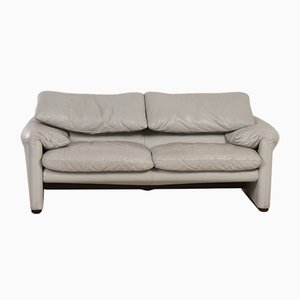
Vintage Demetrio 70 Couchtisch von Vico Magistretti für Artemide

Lete Sospensione Hängelampe von A. Anastasios für Artemide
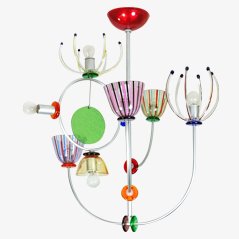
Stühle von Vico Magistretti für Cassina Carimate, 1970er, 4er Set
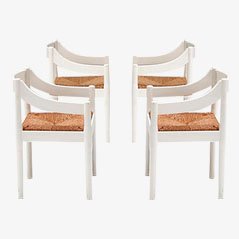
Modell 898 Sofa von Vico Magistretti für Cassina, 1963
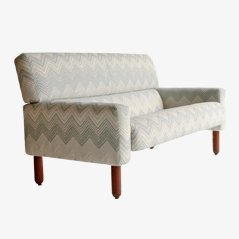
Maralunga Sofa von Vico Magistretti für Cassina, 1970er
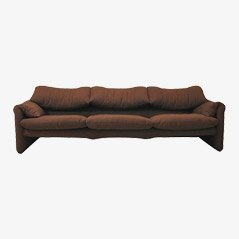
Vicario Stuhl von Vico Magistretti für Artemide
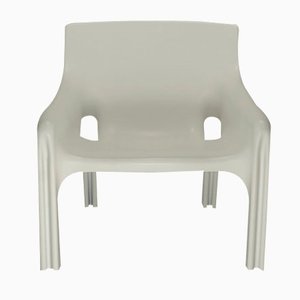
Modell Maralunga Sofa von Vico Magistretti für Cassina, 1970er
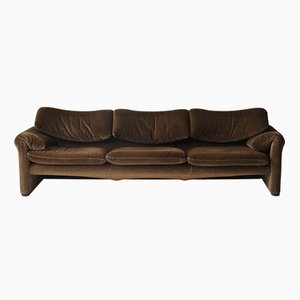
Dalú Tischlampe von Vico Magistretti für Artemide, 1960er

Vintage Maralunga 2-Sitzer Sofa von Vico Magistretti für Cassina

Veranda Sofa von Vico Magistretti für Cassina
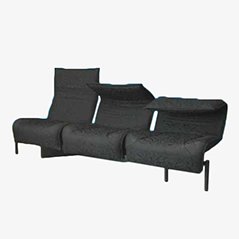
Carimate Stühle von Vico Magistretti für Cassina, 4er Set
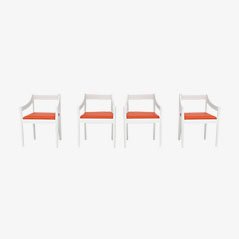













 © Mattia Vacca for L'AB/Pamono
© Mattia Vacca for L'AB/Pamono
 © Mattia Vacca for L'AB/Pamono
© Mattia Vacca for L'AB/Pamono
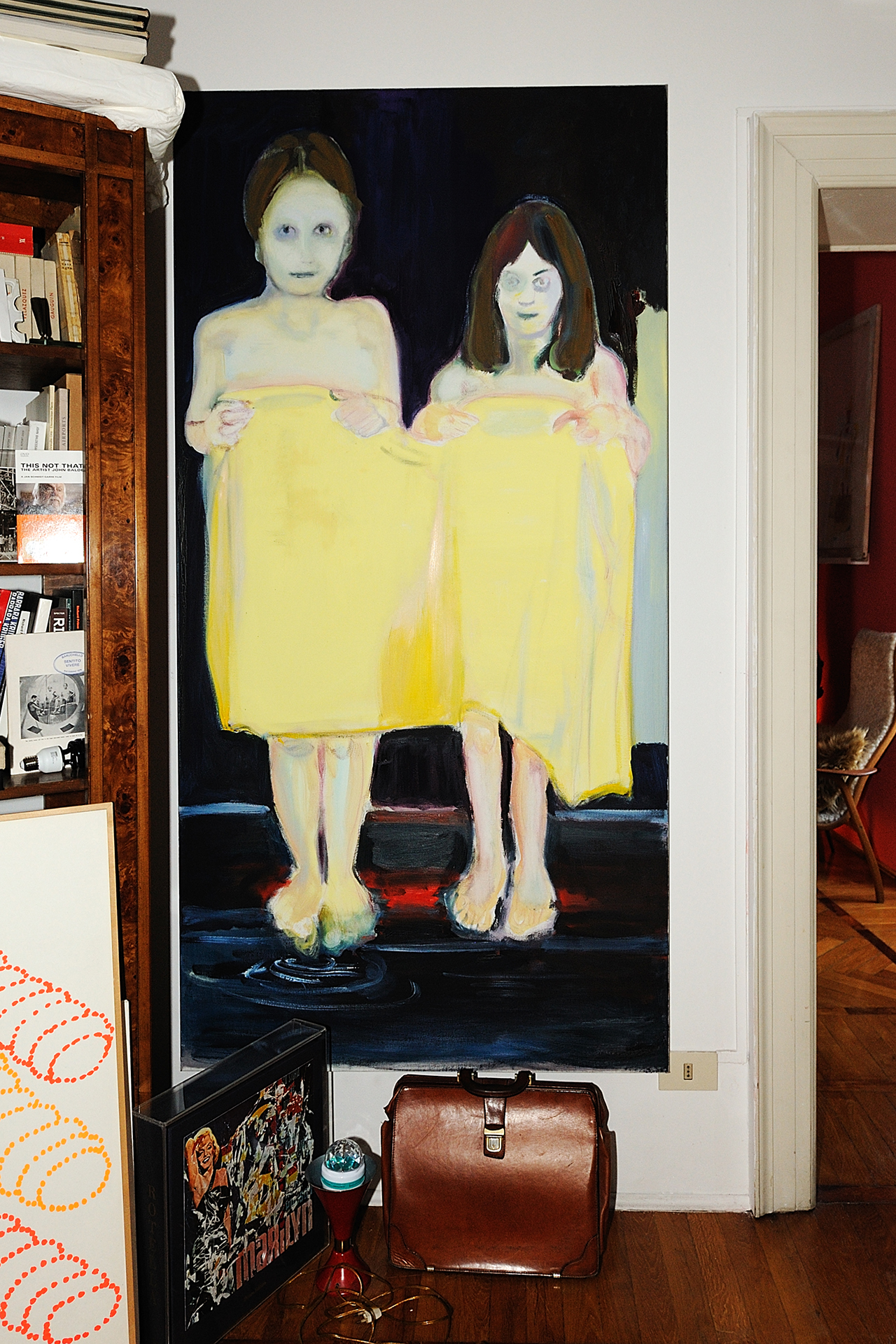 © Mattia Vacca for L'AB/Pamono
© Mattia Vacca for L'AB/Pamono
